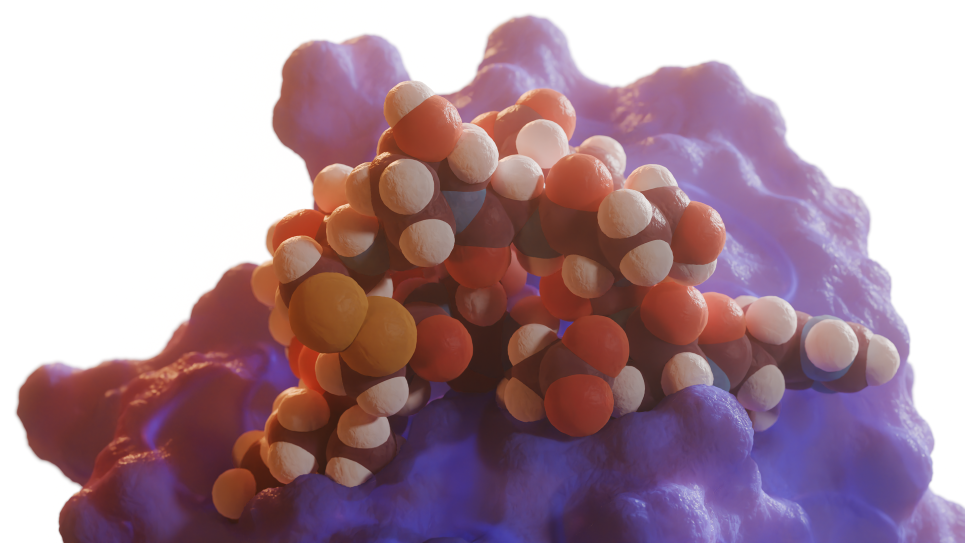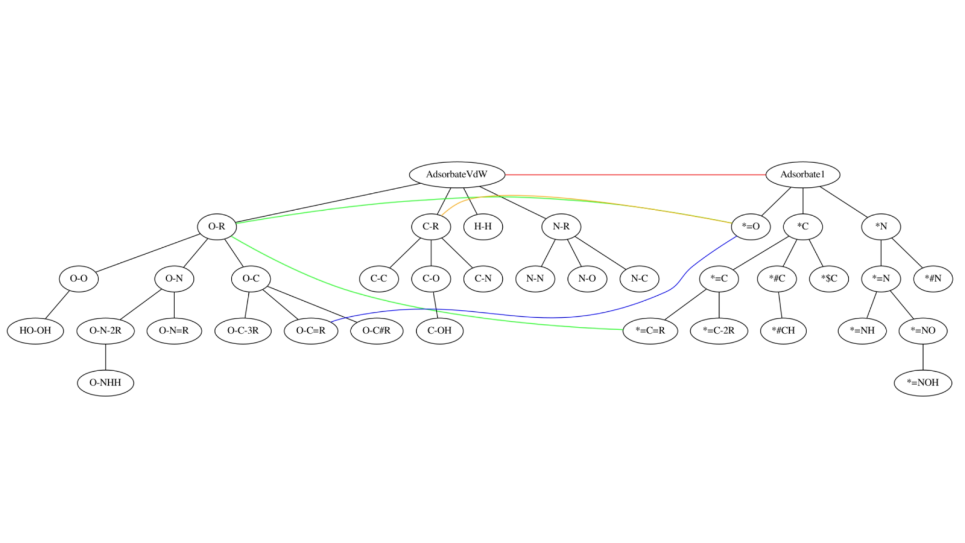
High-Accuracy Quantum Approaches for Predictions of Catalysis on Solids
The catalytic and photocatalytic splitting of water to H2 and O2 as well as CO2’s reduction to organic fuels are of increasing significance for solar energy capture, fuel production and storage, and carbon sequestration — heightening the importance of a predictive modeling approach for understanding fundamental reaction mechanisms and the catalytic properties of target and potential catalysts for these reactions. However, in quantum mechanics (QM)-based modeling of catalytic processes, different approximations often yield widely disparate results, necessitating the development of a computational approach that both aids in error and uncertainty quantification (UQ) and predicts reaction and barrier energies to high accuracy.
Project objectives are to (1) perform high-accuracy quantum Monte Carlo (QMC) calculations of water splitting and CO2 reduction catalysis on earth-abundant transition metals and transition metal oxides, (2) enable periodic multi-determinant trial wavefunctions for QMC calculations, and (3) quantify the uncertainties and systematic errors of various QM-based surface catalysis approaches using multifidelity analysis and comparison with QMC calculations. The result will be unprecedented accuracy and robust UQ for predictive modeling and design of solid catalysts. By accurately determining catalytic surface reaction mechanisms and energetics, we seek to enable prediction of reaction rates and selectivities; point to key characteristics that determine these reactivity properties; and promote rigorous computational catalyst design for water splitting and CO2 reduction. Our codes will also enable full utilization of peta- to exascale HPC systems for catalysis applications.


